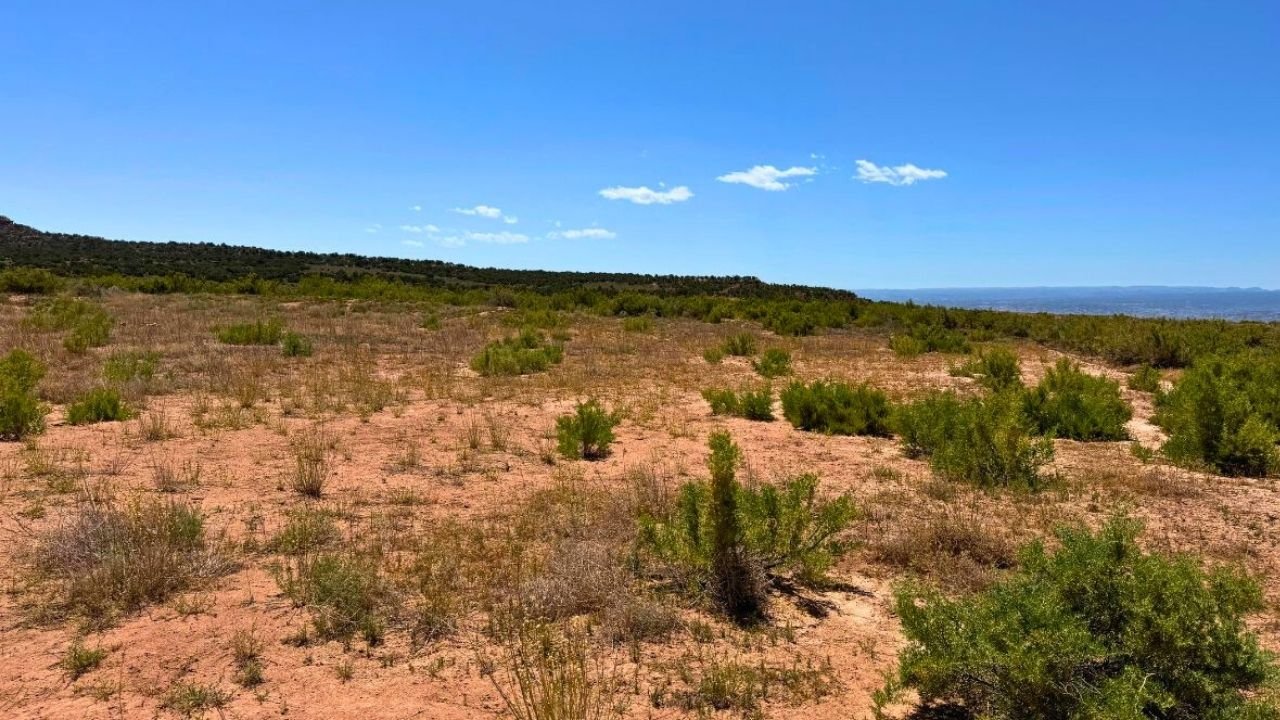How Land Loans Differ from Home Mortgages in 2025
Why Land Loans Aren’t the Same as Home Mortgages
Most buyers are familiar with home loans, but financing land works differently. In 2025, higher down payments, shorter terms, and stricter requirements make land loans unique. Understanding these differences helps Utah buyers prepare before making an offer on rural acreage.
Down Payment Expectations
With a home mortgage, down payments can be as low as 3–5% with government-backed programs. Land loans usually require 20–50% down, especially for raw land without utilities or legal access. The less “improved” the property is, the higher the lender risk—and the larger the upfront cost.
Loan Terms and Interest Rates
Typical home mortgages stretch over 15–30 years with relatively low fixed rates. Land loans often run 5–15 years, with higher interest. In 2025, land loan rates still average 1–2% higher than standard mortgage rates, reflecting the increased lender risk.
Collateral and Risk Factors
Homes act as ready collateral for lenders, but raw land doesn’t generate income or guarantee future value. That makes lenders cautious. Factors like zoning, access, water rights, and build potential can heavily influence whether a land loan is approved at all.
Alternative Financing Options
Since traditional banks are strict on land, many Utah buyers turn to:
Credit unions with local land expertise
Specialty lenders offering recreational or ag land programs
Owner financing directly through sellers, often with flexible terms
Final Thoughts
Home mortgages and land loans share a name, but the rules aren’t the same. Expect bigger down payments, shorter terms, and stricter requirements with land financing in 2025. For buyers prepared to navigate these differences, Utah’s affordable land market still offers opportunity.


